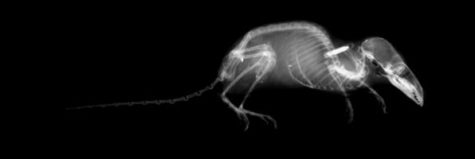 I love it when research into other animals is totally applicable to humans. A recent report on the common shrew (Sorex araneus), by Max Planck Institute researcher Javier Lazaro et al., reveals that the animal’s head shrinks drastically in winter. That includes its brain mass. Running this discovery up the food chain, I think I finally have an explanation for why I become a pile of useless mush starting around November 19 and lasting until the daffodils bloom.
I love it when research into other animals is totally applicable to humans. A recent report on the common shrew (Sorex araneus), by Max Planck Institute researcher Javier Lazaro et al., reveals that the animal’s head shrinks drastically in winter. That includes its brain mass. Running this discovery up the food chain, I think I finally have an explanation for why I become a pile of useless mush starting around November 19 and lasting until the daffodils bloom.
But first, the shrew: Native to Eastern Europe, Great Britain, and Scandinavia, S. araneus is a furry little bugger that might have been adorable had the Monty Burns nose, beady eyes, and rat tail evolved into more hamster-like parts. (It also has front teeth that appear to be dipped in blood.) It does get cuteness points for the velvety fur, though. And really, this animal’s head reduction in cold weather is mighty impressive. When winter comes and food is scarce, according to studies performed in Germany, the skull can shrink some 15 percent while the brain might lose 30 percent of its mass.
Meanwhile, the animal gets smaller in other ways, too, by way of a shortened spine and shrunken heart, lungs, and spleen.The dropping temps appear to spark this breakdown and absorption of the cast-off bone and tissue. A shrew’s whip-fast metabolism suggests the all-over shrinkage has adaptive value, reducing the food needed to support the animal and all its parts during lean times.
In Spring the reduced parts bulk up again, although not necessarily to full size. Life is short for shrews, though, usually not more than a year, so it probably doesn’t matter if they stay a little small and a little dumb. (For the record, the authors of this study haven’t actually reported on the cognitive ability of the shrunken-head shrews compared with big-headed shrews. Maybe they’re all equally dumb. The shrews, not the scientists.)
But back to me. While my metabolism is no longer speeding along even when the world outside is warm and fruitful, in winter I’d say it comes to a full stop. My natural behavior is to crawl under a blanket and, as my husband describes it, “get small.” I eat mostly cheese. I have little to offer in conversations about politics, history, science, or stain removal. If my work gets done, it’s barely suitable for public eyes. I take in little oxygen and provide little love unless you are a dog willing to be a pillow. So, the diminished-organ phenomenon might apply. Mostly, I rock and moan in the semi-dark until the days get long again.
I’ll bet if those researchers measured they’d discover a 30 percent loss of my brain mass by Christmas. That would explain my lack of activity and woeful contribution to humankind, not to mention the balled-up holiday lights in the corner and the stream of filthy comedic specials droning in the background, all day every day. Or maybe it’s the mulled wine making those choices. One or the other.
Back to shrews again: A few other shrew species appear to have similar physical reductions, and the scientists say that the phenomenon may be more common that we know, especially in animals with high metabolisms that don’t hibernate or migrate—when such resource savings makes the most sense. It’s pretty neat to consider the diverse ways animals adapt to changing environments to help ensure survival to the next breeding season. Me, I’m not sure how adaptive it is, but if you need me I’ll be here with own shriveled brain, hiding under this dog blanket gnawing on a hunk of cheddar. Please don’t ask me any questions.
X-ray image of common shrew by JAVIER LÁZARO [permission requested; apology at the ready]
Shrew: By Sjonge at English Wikipedia – Own work, originally from en.wikipedia; description page is/was here., Public Domain, https://commons.wikimedia.org/w/index.php?curid=3023495
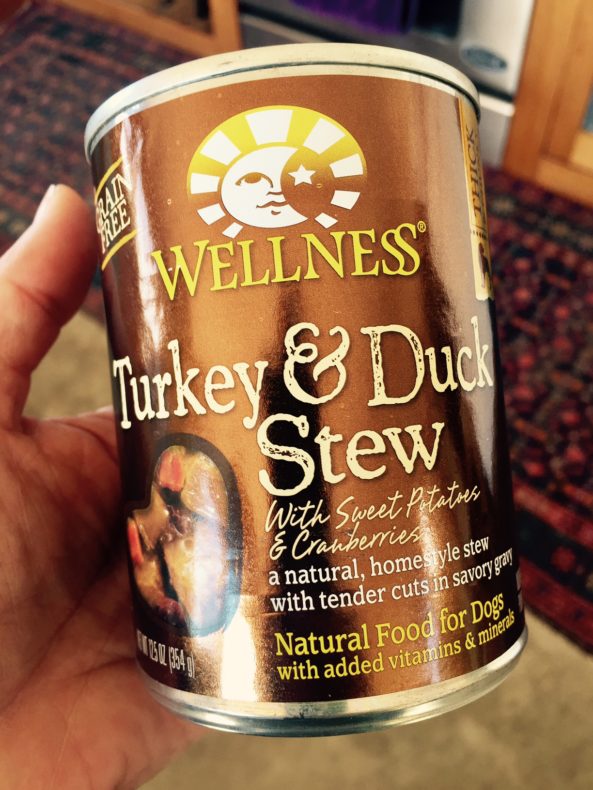 The two of us moved in together a few weeks ago. With a moving truck, towering boxes of books, and every edible thing she could remove from her previous household, we merged lives. Whose tea strainer should we keep, whose collapsible metal steamer, whose box of African rooibos?
The two of us moved in together a few weeks ago. With a moving truck, towering boxes of books, and every edible thing she could remove from her previous household, we merged lives. Whose tea strainer should we keep, whose collapsible metal steamer, whose box of African rooibos?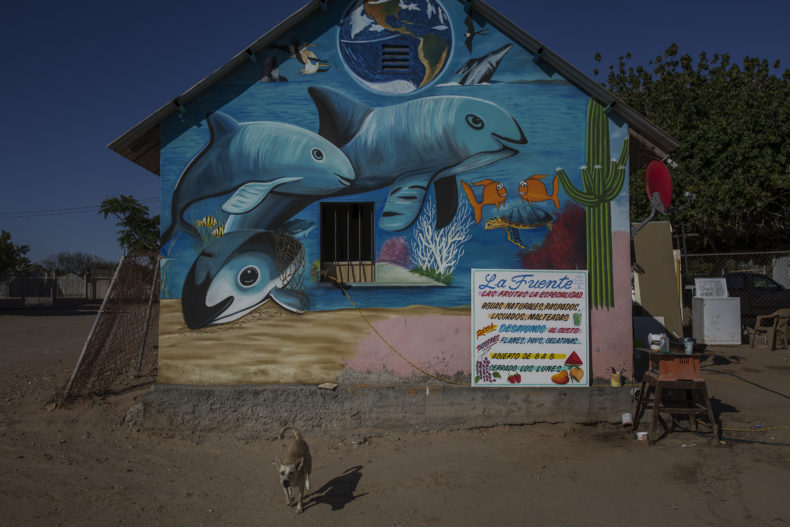
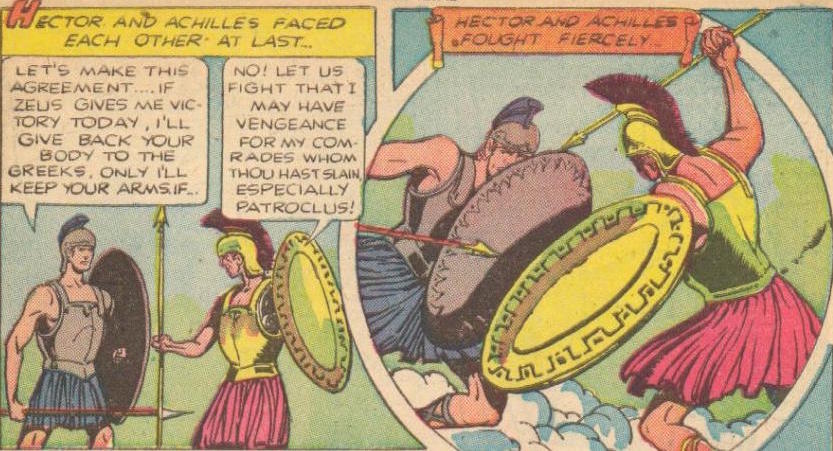
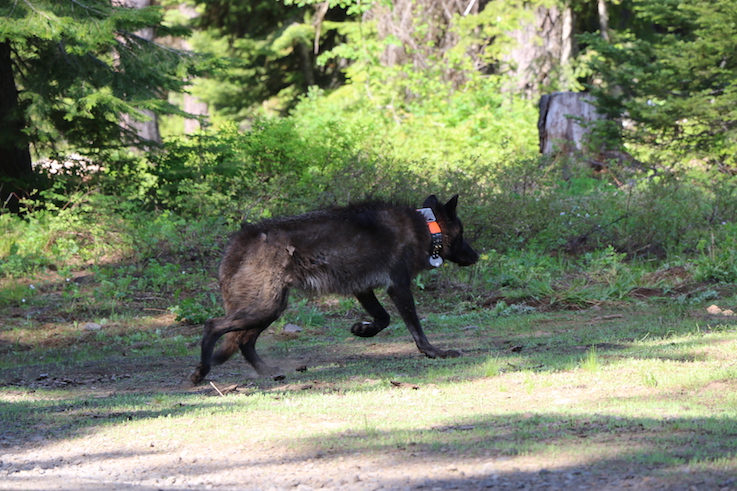
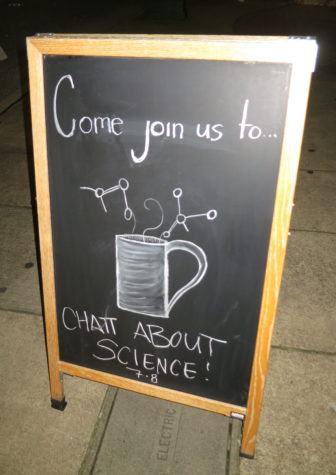 Did you miss anything from last week’s LWON joint? Have a look at the offerings.
Did you miss anything from last week’s LWON joint? Have a look at the offerings. I love it when research into other animals is totally applicable to humans.
I love it when research into other animals is totally applicable to humans. 
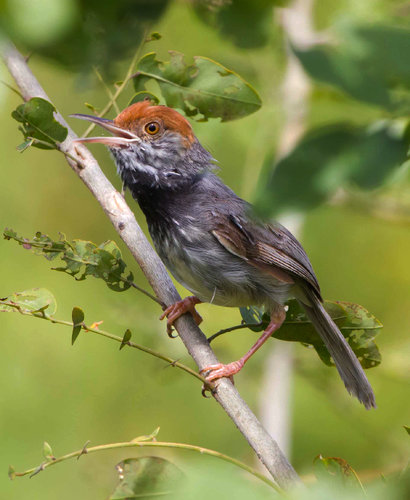
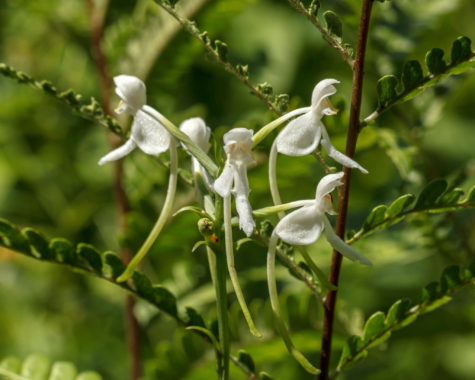 Almost exactly a year ago, as I drove across one of the bridges that span the Tennessee River near my home in Chattanooga, Tennessee, a bumper sticker “Proud of everything a liberal hates” flashed before me on the back of a white pickup truck. My stomach clenched. Even now, every time I think about that moment, the bile rises.
Almost exactly a year ago, as I drove across one of the bridges that span the Tennessee River near my home in Chattanooga, Tennessee, a bumper sticker “Proud of everything a liberal hates” flashed before me on the back of a white pickup truck. My stomach clenched. Even now, every time I think about that moment, the bile rises.